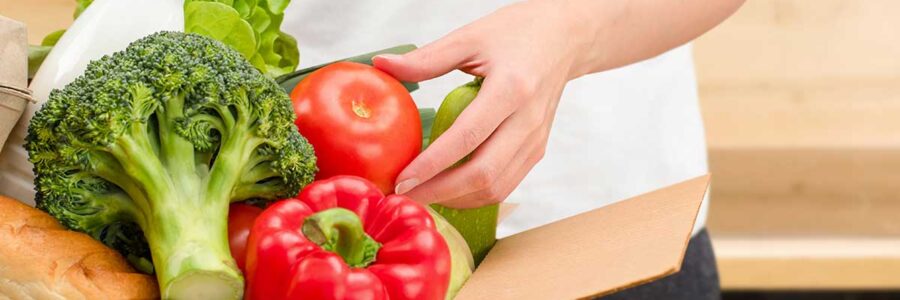Organic foods should offer peace of mind, but big-box stores have introduced new challenges to organic labeling. As larger retailers like Costco stock up on organic goods, supply chains must handle vast quantities of produce, often leading to inconsistencies in labeling and potential contamination. For health-conscious consumers, understanding these practices and learning to identify genuinely organic foods is essential for avoiding hidden toxins.
The Rise of Industrial Organic Food: A Double-Edged Sword
Industrial organic was developed to meet the demand for organic foods on a large scale. However, by prioritizing volume, some intermediaries have inadvertently compromised quality. Many distributors work with multiple farms and suppliers; in some cases, non-organic foods may be labeled as organic by altering documentation in transit. This practice can leave big-box stores unknowingly stocking non-organic items as certified organic, posing hidden risks to customers.
Why Checking the Country of Origin Is Essential
Understanding where your food is grown can help you gauge its organic integrity:
- China: Some imported “organic” items, such as sweet potatoes, are sourced from areas where regulatory oversight on pesticide use is less stringent. This means even certified organic produce could contain banned pesticides like atrazine residues.[1]
- U.S.-Grown Produce: American-grown organic produce typically meets USDA standards, making it a more reliable option. For example, USA-grown fruits and vegetables like blueberries are subject to strict standards, giving consumers confidence in their organic integrity.[2]
Selecting organic produce with a reliable country of origin label can mitigate some of the risks associated with industrial organic.
How to Identify Truly Organic Food Products
- Pay Attention to Labels: Look for details like “Certified Organic,” country of origin, and additional certifications. Choosing U.S. or EU-grown produce can offer added assurance that organic standards have been upheld.
- Choose Traceable Sources: Some brands offer traceability, showing where your produce was grown. Local farmers’ markets often provide transparency that large distributors cannot match.
- Diversify Your Choices: By rotating food types and sources, you reduce the likelihood of cumulative exposure to specific contaminants.
While organic should ideally mean clean and non-toxic, the complex nature of industrial organic practices in big-box stores means that savvy consumers must stay vigilant. By looking closely at labels and choosing reliable sources, you can prioritize genuine organic quality and protect your health.
References:
- Li, Qianhui, et al. “Pollution-Induced Food Safety Problem in China: Trends and Policies.” Frontiers in Nutrition, vol. 8, Nov. 2021, p. 703832.
- Barański, Marcin, et al. “Higher Antioxidant and Lower Cadmium Concentrations and Lower Incidence of Pesticide Residues in Organically Grown Crops: A Systematic Literature Review and Meta-Analyses.” The British Journal of Nutrition, vol. 112, no. 5, July 2014, p. 794.


